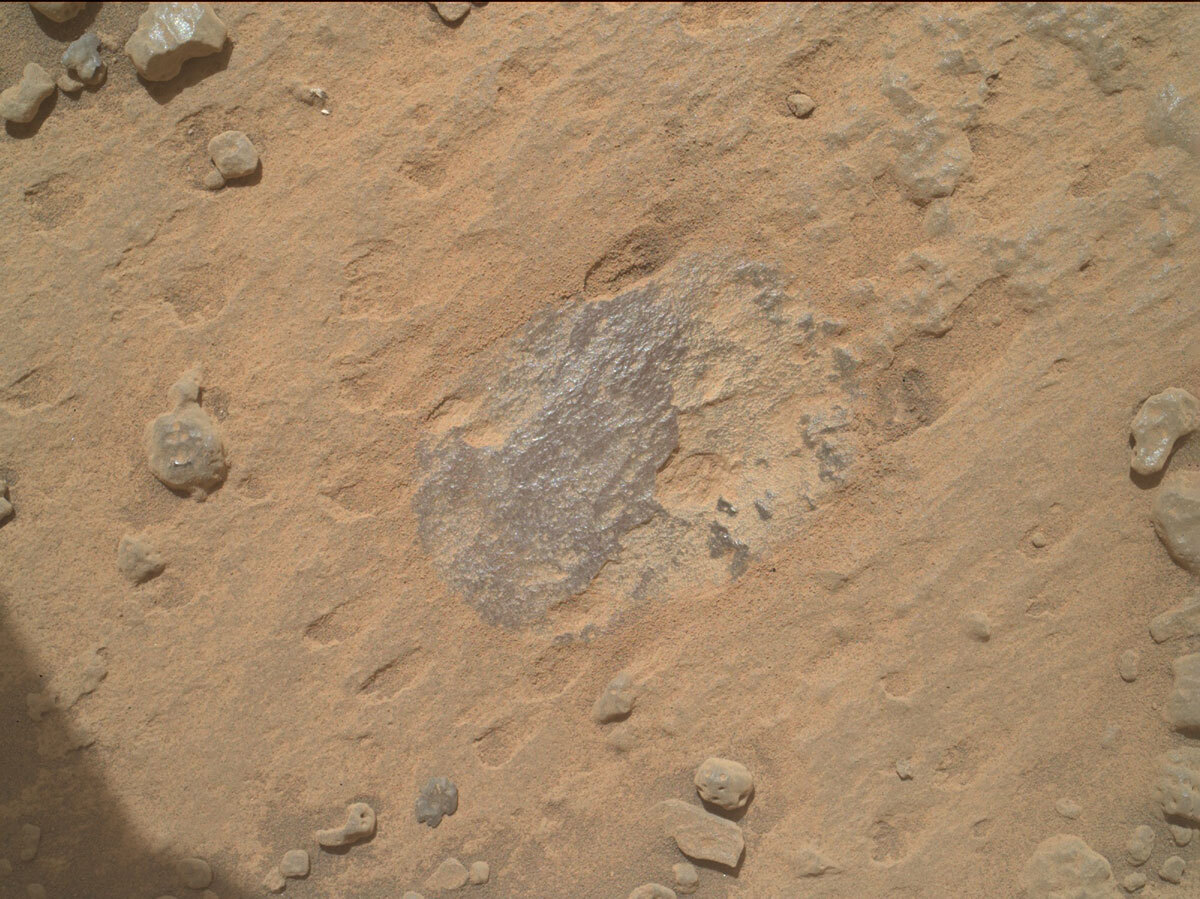2 min read

Today we are drilling the Dinira target! The scientists and engineers have been closely working together to adjust the drilling strategy to give us the best shot of a successful drill while also managing the wear and tear on our hardware. There is no guarantee it will work as Mars always loves to throw us curveballs, but we’re giving it our best! It is also cloud season on Mars, so in addition to drilling, this plan is full of sky observations to look for clouds like the ones in this image from sol 3739.
We start out sol 3742 with some Navcam atmospheric observations followed by some ChemCam laser observations of Itu, which we used the robotic arm on over the weekend, and some long-distance ChemCam imaging as well. Once that wraps up, we drill! Drilling takes up a lot of the rover’s power, so once we’re done, the rover will take a nap until around sunset. At that point the rover will wake up and take some more atmospheric observations with Navcam and Mastcam. Once that wraps up, the rover will sleep most of the night, only waking up for the regularly scheduled communication windows.
On the morning of sol 3743, the rover will take more atmospheric and environmental observations with Navcam and Mastcam. ChemCam will use its laser on the target Yakarinta from the previous plan and also image our drill target Dinira. Mastcam will also image Dinira along with some long-distance imaging. The rover will spend most of the rest of the sol sleeping to recover power, although the rover will wake up twice, once mid-afternoon and once just after sunset, to take more Navcam and Mastcam atmospheric and environmental observations.
Written by Keri Bean, Rover Planner Deputy Team Lead at NASA's Jet Propulsion Laboratory







